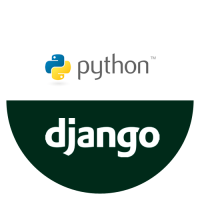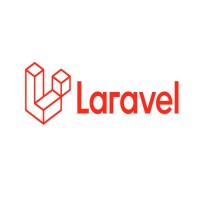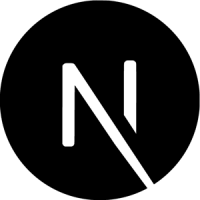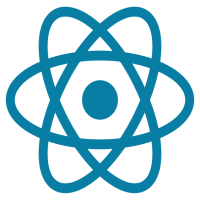
Building APIs with DRF
31-Jan-2024Effortlessly build APIs with Django Rest Framework using our quick guide. Learn the fundamentals of creating robust and scalable APIs for seamless integration into your web applications.
Introduction
Creating robust APIs is a pivotal aspect of contemporary web development. Django Rest Framework (DRF) streamlines the API-building process in Django by offering potent tools and conventions. This guide provides a step-by-step walkthrough of the essential procedures for constructing APIs using DRF.
1. Installation
Begin by ensuring Django and DRF are installed in your project. Execute the following commands:
pip install django djangorestframework
2. Serializer Creation
Serializers in DRF transform intricate data types, like Django models, into Python data types that can be rendered into JSON. Establish a serializer for your model:
# serializers.pyfrom rest_framework import serializers from .models import YourModel class YourModelSerializer(serializers.ModelSerializer): class Meta: model = YourModel fields = '__all__'
3. View Definition
Views in DRF manage the processing of HTTP requests and return suitable responses. Generate views using DRF's generic views:
# views.py
from rest_framework import generics from .models import YourModel from .serializers import YourModelSerializer class YourModelListCreateView(generics.ListCreateAPIView): queryset = YourModel.objects.all() serializer_class = YourModelSerializer
4. URL Configuration
Map your views to URLs in your urls.py:
# urls.py
from django.urls import path from .views import YourModelListCreateView urlpatterns = [ path('your-model/', YourModelListCreateView.as_view(), name='your-model-list-create'), # Add more paths for other views if needed ]
5. Running Migrations
Ensure your database is updated with the new model and make migrations:
python manage.py makemigrations python manage.py migrate
6. API Testing
Execute your Django development server and test your API using tools such as curl, Postman, or Django Rest Framework's browsable API.
python manage.py runserver
Your API is now accessible at http://127.0.0.1:8000/your-model/.
Conclusion
Constructing APIs with DRF involves creating serializers, defining views, configuring URLs, running migrations, and testing your API. This guide covers the fundamental steps to kickstart your project, and you can explore more advanced features and customization as needed.


